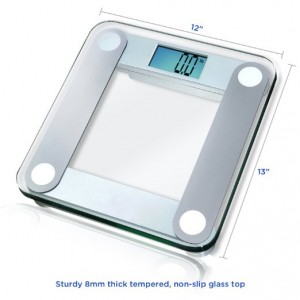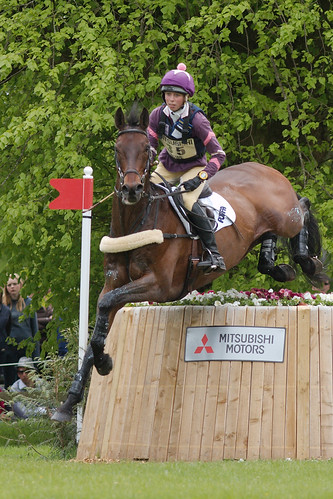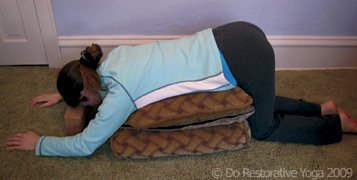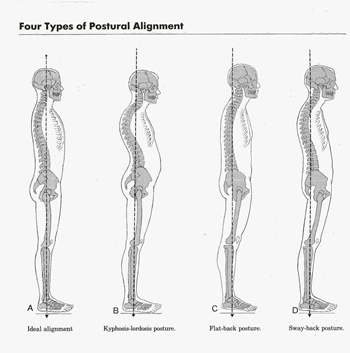Bathroom scale = no more denial.
A bathroom scale is a good tool to help stay honest about weight. My bathroom scale broke many months ago. While focusing on other health issues I had been ignoring dieting, but I had been keeping my weight steady. Without a digital reminder of my increasing weight gain, my denial grew along with my waistline.
The first requirement for weight loss is recognition that a change needs to happen. A recent photo of my plump self standing beside some skinnier friends jarred me to action. Ignoring the mirror is easier than ignoring a photograph. “Is that really how I look?” My weight had NOT remained steady. I made a commitment to a new weight loss plan. So… as a first step I did some research and purchased a new weight scale.
Basic digital weight scale
The EatSmart Precision Bathroom digital scale (Model ESBS-01) has over 20,000 reviews on Amazon and is rated nearly 5 stars. The scale is listed as the “Best selling scale on Amazon 7 years running.” There are numerous positive independent reviews on blog sites.
The scale is basic with no fancy frills. Included are 4 AAA batteries that power the scale. Also included is a measuring tape to help track weight loss, which is a nice addition. The scale is approved up to 400 pounds, so no fear of breaking the tempered glass platform. Stepping on the scale weighs automatically to 0.2 pound accuracy. The large lighted numbers are easily read without wearing my glasses. The scale can also be set to show weight in kilograms.

Setting weight loss goals
Stepping on the scale was another jarring moment to shake me from any complacency about my current weight. I gained more than 10 pounds since last weighed myself on the old bathroom scale. It is impossible to ignore a number.
I am heavier than my past highest weight in 2002 when I lost 40 pounds using Weight Watchers on-line. Though heavier, I am stronger and more aerobically fit and more flexible than in 2002. Losing weight may be more difficult than 14 years ago, but I know what needs to be done. My first goal is to lose 10 pounds. With my new weight scale, then I will know when I reach my weight goals.
Next task is to make a weight loss food plan that incorporates my personal health needs.
Links to product information and some reviews:
EatSmart Products website
ESBS-01 manual (PDF) On-line manual
On Amazon as sold April 2016
Review – Youtube video by Shopping Dad May 2014
Blog review by Honest and Truly April 2013




